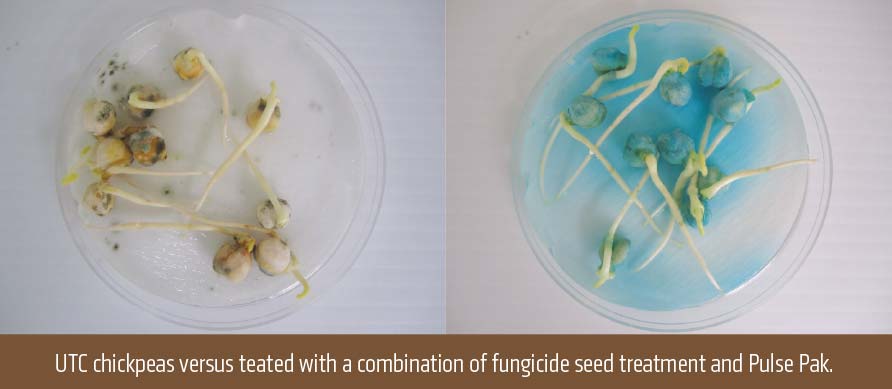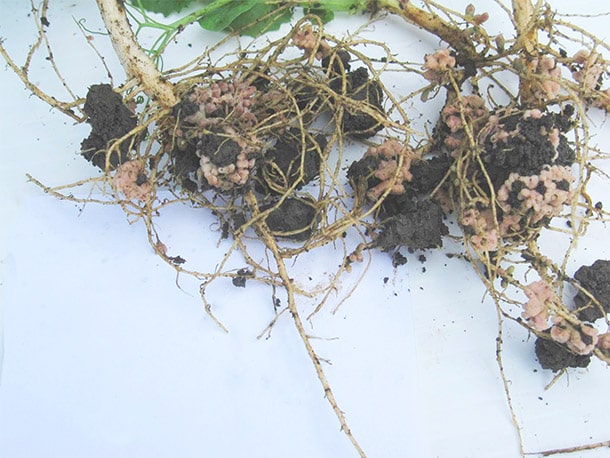
Pulse Pak


Promotes Roots & Nodulation… Triggers Natural Defenses
ANALYSIS (0-27-6 WITH 3.8% ZN & 1.5% MN + 10% CA)
What is It?
- Seed dressing for application onto pulse seed (peas, lentils, chickpeas,…).
- Unique formulation with high concentrations of Phosphorus, Potassium, Zinc and Manganese.
- Contains Calcium for root structure and nodulation.
- Rhizobia-friendly formulation.
- The Gel Rheology Technology™ keeps the highly concentrated product suspended and helps with seed adhesion and drying out.
- The product is sold in cases of 1 × 10L of Pulse Primer and 1 × 10L of Primer Mn.
When & Why Use It?
- Cold and wet conditions and when seeding into a dry soil.
- High and Low pH soils, heavy manure land, soils with low organic matter.
- Sandy and light-textured soils.
- Heavy textured soil with high Mg content.
- Most importantly when farming a land with challenging soil-borne/seed-borne diseases thriving under wet conditions.
What to Expect?
- Pulse Pak enhances secondary root development which maximizes the uptake of all nutrients.
- Pulse Pak triggers the crop’s natural defenses (i.e. Phytoalexins), which in conjunction with the fungicide seed treatment:
- improves the control of soil- and seed-borne disease;
- prevents root rots and damping-off;
- improves crop emergence and establishment;
- and helps preserve yield.
Size Options

2x10L
CASE
Application Guidelines
- 3 mL/Kg of seed or 122 bu per 10L jug; 410L per 5000 bushel bin.
- If treating Fababeans, please consult with your agronomist or OMEX Rep for adjusted rate.
- Pulse Pak can be used alone or in combination with other seed treatments. Check the best option for your targeted combinations.
- Pulse Pak can be diluted with water for a more uniform coverage onto the seed. Dilution improves the dry down time.
- Pulse Pak should NOT be used with liquid Rhizobia inoculant on the seed.
- When using Pulse Pak, it is highly recommended to use dry granular inoculant.
- It is highly recommended to wash the seed treatment equipment with water after use.
Findings
2018 Heavy clay – Manitoba
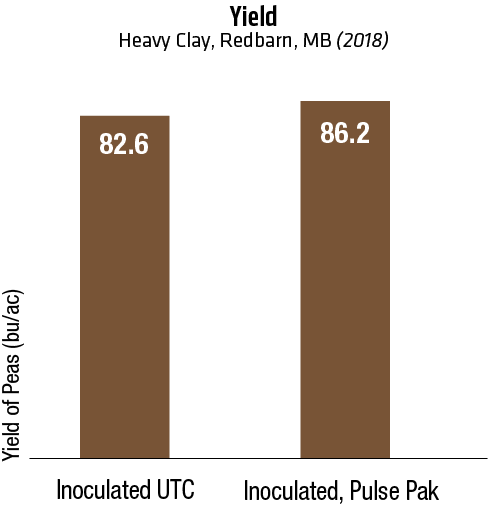
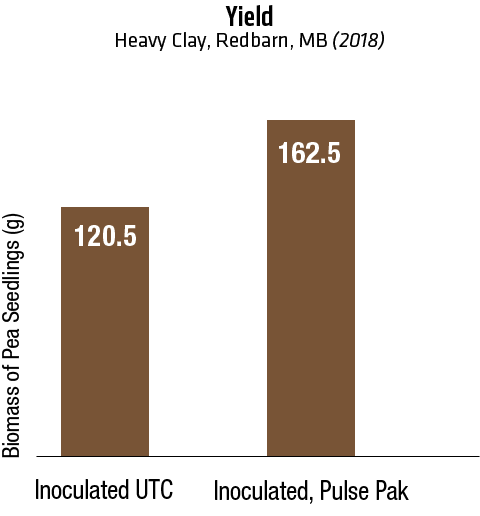
Eastern Saskatchewan
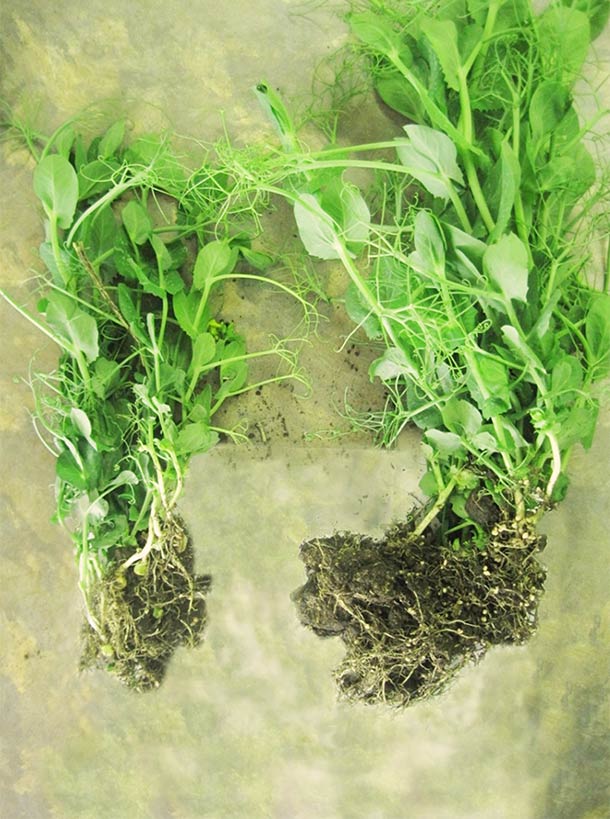

2017 Heavy clay – Manitoba
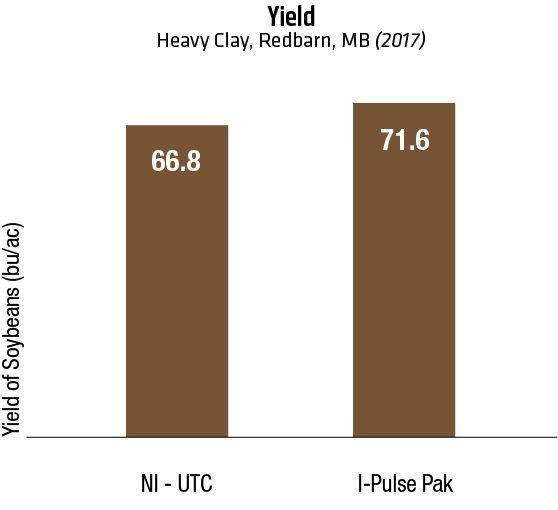
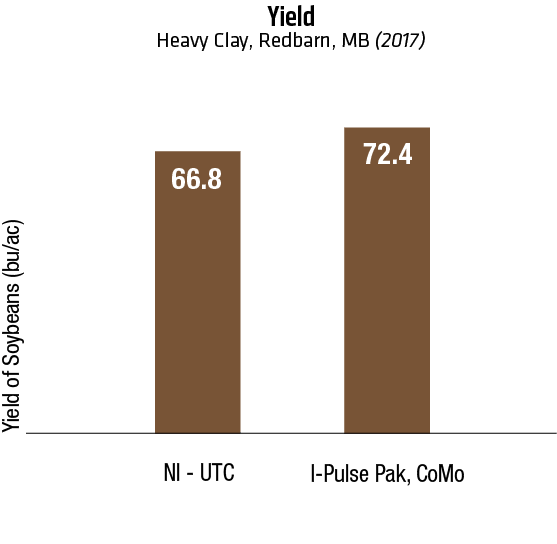

2016 Kindersley, SK
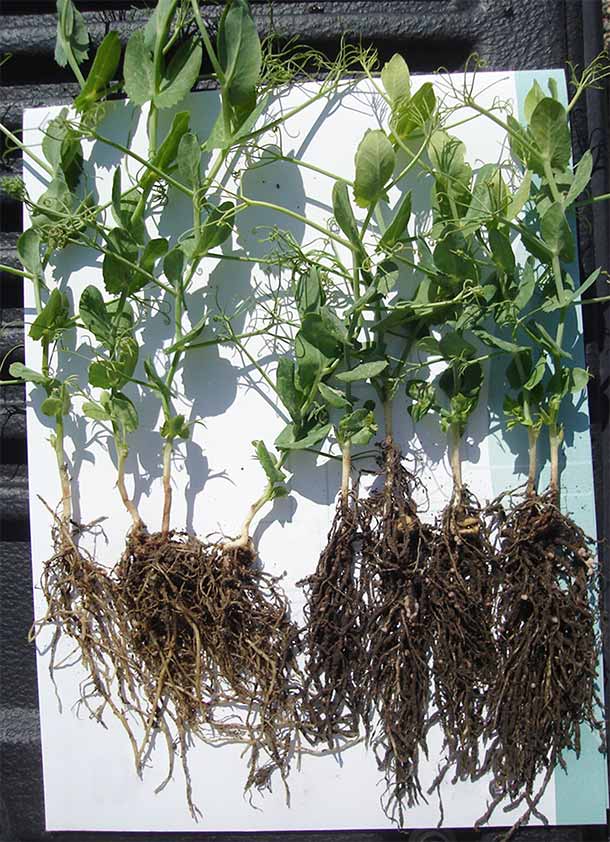
2012 Sandy soil (McGregor, MB)
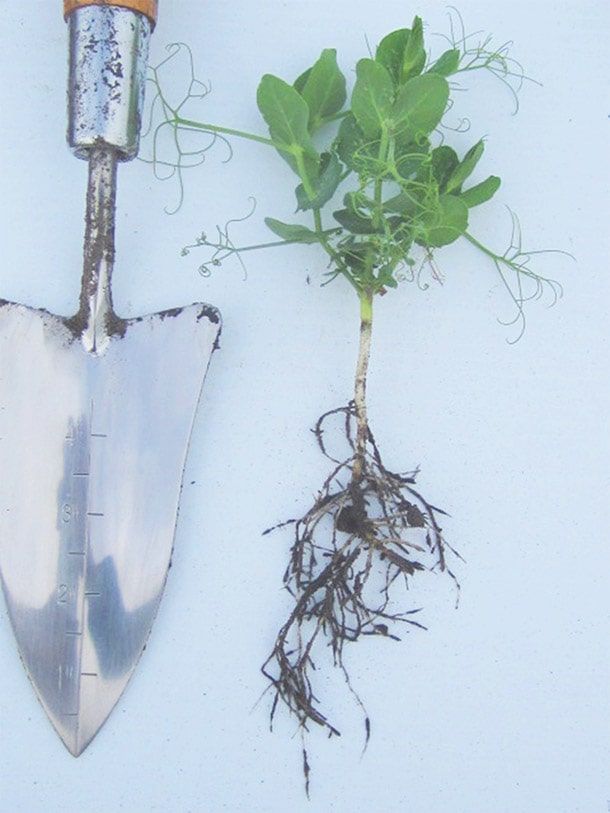

ADDITIONAL RESEARCH
